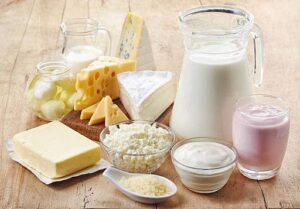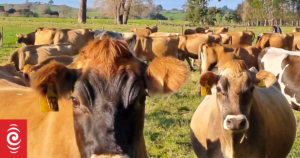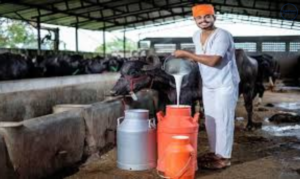
Global Info Research is thrilled to unveil its latest report titled “Global Sensors for the Dairy Market 2023 by Manufacturers, Regions, Type, and Application, Forecast to 2029.” This comprehensive report delves into a meticulous analysis of the dairy sensor market, encompassing geographical insights, diverse sensor types, and varied applications. Given the dynamic nature of the market, the report explores competition, supply and demand trends, and key factors influencing shifting demands across global markets. It also includes company profiles and product examples of leading competitors, coupled with market share estimations for 2023. Furthermore, the report offers vital insights into market drivers, constraints, opportunities, new product launches or approvals, and the influence of events like COVID-19 and the Russia-Ukraine War.
Market Overview:
According to our latest study at Global Info Research, the global Sensors for the Dairy market was valued at USD million in 2022. It is projected to reach a revised size of USD million by 2029, exhibiting a CAGR of % during the review period.
Role of Sensors in the Dairy Industry:
Sensors tailored for the dairy industry serve as specialized devices for monitoring and measuring various parameters and processes within dairy production and processing. Their primary purpose is to ensure quality control, streamline production processes, and uphold food safety standards in the dairy sector. These sensors encompass an array of types, including temperature sensors, pH sensors, conductivity sensors, pressure sensors, flow sensors, and moisture sensors.
- Temperature sensors: These regulate and monitor milk temperature during processing and storage.
- pH sensors: They measure the acidity or alkalinity of dairy products, guaranteeing compliance with required standards.
- Conductivity sensors: These detect changes in electrical conductivity, serving as indicators of potential contaminants in milk or dairy products.
- Pressure sensors: Used to monitor and control pressure levels during milk pasteurization and other processing stages.
- Flow sensors: Measure the flow rate of milk and other fluids during dairy processes.
- Moisture sensors: Determine moisture content in dairy products or ingredients, ensuring consistent quality and preventing spoilage.
In essence, these sensors play an indispensable role in upholding product quality, enhancing process efficiency, and ensuring regulatory compliance within the dairy industry.
In-Depth Analysis:
Global Info Research’s report delves into the development of the Sensors for the Dairy industry chain. It analyzes the market status of key segments, such as Dairy Farm (Conductivity Sensor, Flow, and Temperature Sensor) and Milk Processing Plant (Conductivity Sensor, Flow, and Temperature Sensor). The report also examines leading enterprises in developed and developing markets and scrutinizes cutting-edge technology, patents, applications, and market trends within the Sensors for the Dairy sector.
Regional Insights:
The report offers a regional analysis of the Sensors for the Dairy markets in key geographical areas:
- North America and Europe: These regions are witnessing steady growth, fueled by government initiatives and growing consumer awareness.
- Asia-Pacific, particularly China: Leads the global Sensors for the Dairy market, boasting robust domestic demand, supportive policies, and a strong manufacturing base.
In conclusion, the Global Sensors for the Dairy Market Report 2023-2029 presents a comprehensive assessment of the dairy sensor market, offering valuable insights into its size, growth prospects, and evolving trends across regions and applications.







